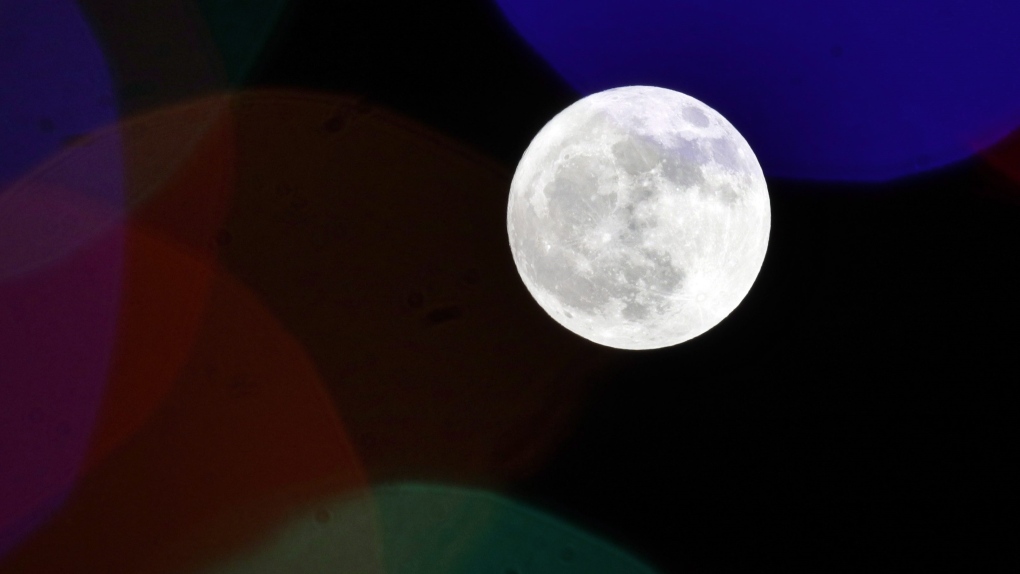November’s full moon, known as the beaver moon, will shine bright in the night sky starting Sunday, offering a dazzling sight to behold.
The moon will be at its most full in the early hours of Monday, when it will reach the crest of its full phase at 4:16 a.m. ET, according to EarthSky.
“The upcoming full Moon (the Beaver Moon) will look like the familiar full Moon, however the specific features are always a little different from one Moon to the next,” said Dr. Noah Petro, chief of NASA’s planetary geology, geophysics and geochemistry lab, in an email.
Due to libration — the slight movement of the moon that changes the angle at which sky-gazers see the one side that faces Earth — full moons vary from month to month, he said.
Local weather conditions allowing, people who are north or south of the equator will be able to see the beaver moon, with the celestial orb appearing to be full to the human eye for about one day before and after its full phase, Petro said.
For optimal moon gazing, Petro recommends finding a space with a clear view of the sky — away from trees, buildings and bright lights. While no equipment is needed to observe the moon, a pair of binoculars or a telescope can help enhance finer details, he said.
“When people look at the Moon, I hope they first take in that it’s the same Moon that their grandparents, great grandparents, and so on, have seen,” Petro said. “For millennia humans have looked to the Moon, and it’s looked similar for all of human history.”
Petro also noted two current NASA space operations involving the moon. NASA’s Lunar Reconnaissance Orbiter, which has been orbiting the moon for over 14 years, is creating a 3D map of its surface. The Artemis II mission is aiming for a late 2024 launch to send four astronauts on a trip around the moon and back — the first attempt to fly humans near Earth’s closest neighbor since 1972.
MORE ON THE BEAVER MOON
The beaver moon’s name is believed to be a nod to this full moon’s appearance when the industrious animal retires to its lodge in anticipation of winter. And when the North American fur trade thrived from the 1500s to the 1800s, November was also beaver trapping season due to the animal’s thicker coat this time of year, according to The Old Farmers’ Almanac.
The November full moon has also been referred to by the Tlingit as the digging moon, as it is the time when animals begin to prepare for winter. The Cree have called this lunar event the frost moon, and the Anishinaabe have referred to it as the freezing moon since cold winter temperatures are near, according to the almanac.
REMAINING CELESTIAL EVENTS FOR 2023
The final full moon of the year is the cold moon on December 26, according to the Farmers’ Almanac.
And when it comes to meteors, the Leonids are expected to be seen blazing in the night sky until the shower’s finality on December 2, according to the American Meteor Society. If you are eager to see more, two upcoming meteor showers peak next month:
-
Geminids: December 13-14 -
Ursids: December 21-22




